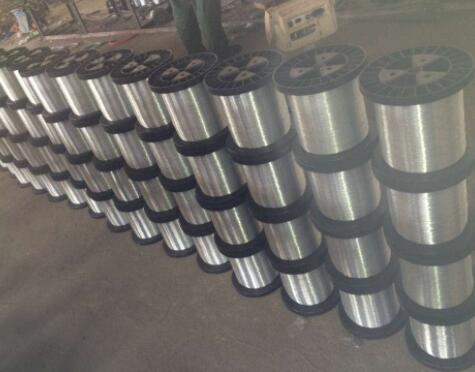The Common Nail An Unsung Hero of Construction
When we think about the tools and materials of construction, it’s easy to overlook the humble nail. Standing at the forefront of building supplies is the common nail, a seemingly simple yet profoundly important element of construction. Despite its straightforward design and functionality, the common nail has a rich history and a pivotal role in various applications across trades in carpentry, construction, and beyond.
A Historical Perspective
The story of the nail dates back thousands of years. Archaeological findings suggest that nails were used in ancient Egypt, with bronze nails appearing in Roman times. Early blacksmiths hand-forged nails from wrought iron, a labor-intensive process that required considerable skill and effort. Over time, technology evolved, leading to the production of nails via machinery, making them more accessible and affordable. By the 19th century, the mass production of nails transformed construction methods, allowing for standardized sizes and improved consistency in quality.
The Anatomy of a Common Nail
Despite its simplicity, the common nail is an engineering marvel. Usually made from steel or iron, the common nail's design consists of a cylindrical shaft, a pointed tip, and a flat head. The pointed tip allows for easy insertion into materials such as wood, while the flat head provides a surface for hammering and pressure distribution. Common nails typically come in various sizes, with the length and gauge determining their specific use. For instance, a longer nail might be employed for heavy-duty applications, such as framing, while smaller nails are suitable for lighter tasks like trim work.
Versatility in Use
common nail 4

The common nail is incredibly versatile, finding applications in a wide range of projects. In carpentry, nails are indispensable for joining pieces of wood together, forming the backbone of wooden structures such as homes, furniture, and cabinets. Beyond wood, some varieties of nails can be used in masonry, drywall installation, and roofing, highlighting their adaptability.
The construction industry relies heavily on the common nail for framing, sheathing, and finishing work. They provide structural integrity and contribute to the overall safety of buildings. Beyond traditional construction, the common nail has seen innovations in its usage, such as in creative woodworking projects, home décor, and DIY crafts. Whether one is constructing a home or making a decorative piece, the common nail proves to be essential.
Environmental Considerations
In recent years, the awareness of sustainable practices has led to a reevaluation of materials used in construction, including nails. While common nails are predominantly made from steel, which is recyclable, there’s been a push towards exploring eco-friendly alternatives. Manufacturers are developing nails with reduced carbon footprints and considering materials that are less harmful to the environment. The focus on sustainability in the construction industry ensures that even the simplest tools like the common nail are part of a bigger picture in promoting eco-conscious building practices.
Conclusion
The common nail may seem trivial amid the high-tech equipment and modern materials that dominate today’s construction landscape, but its significance cannot be overstated. It plays a vital role not just in the mechanics of building but also in the historical context of construction evolution. Whether you’re a professional builder or a DIY enthusiast, the common nail stands as a testament to the ingenuity of simple solutions that have shaped our physical world. As we continue to innovate and evolve in construction practices, we must not forget the unassuming common nail, an enduring symbol of craftsmanship and simplicity.

















